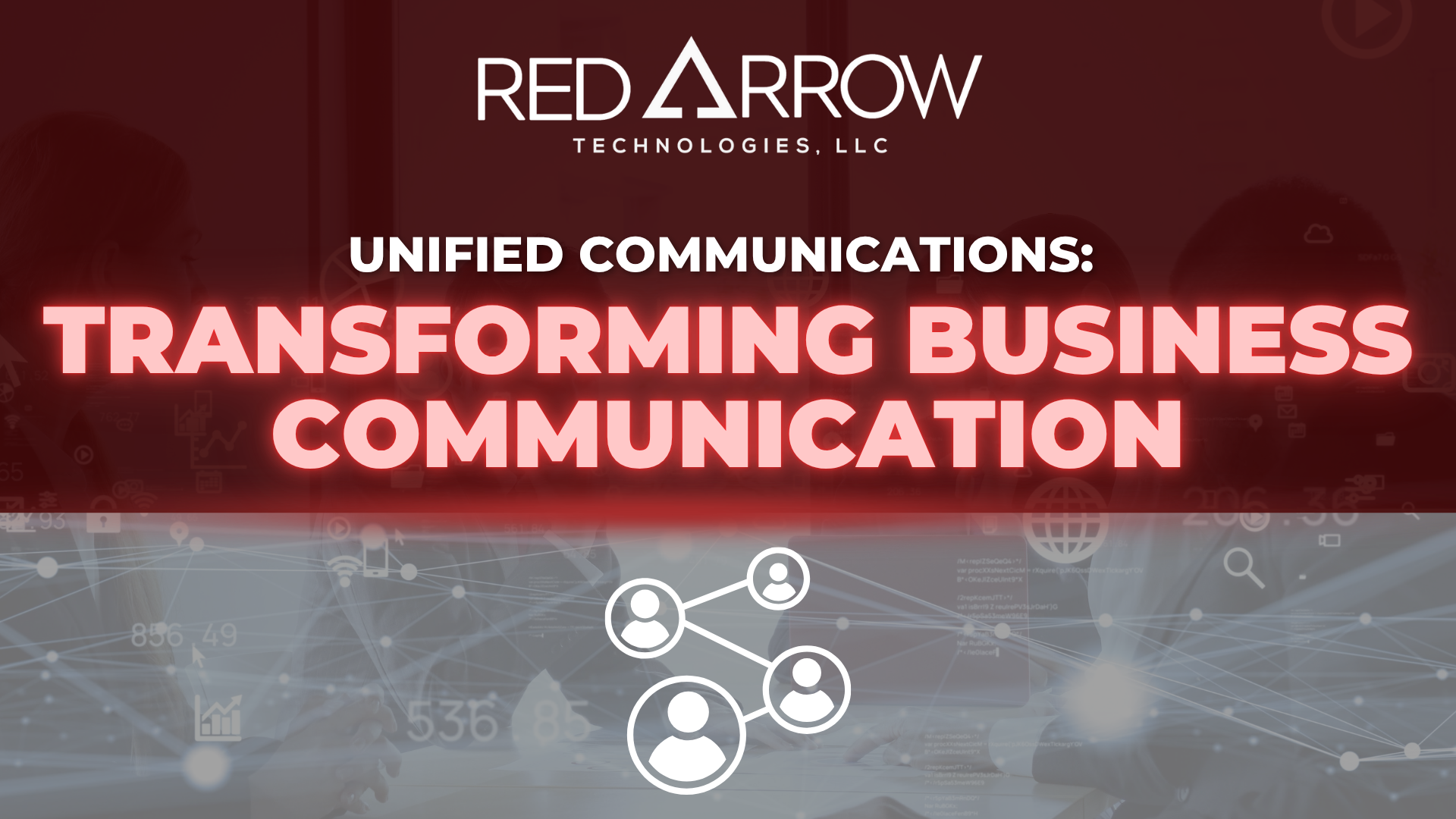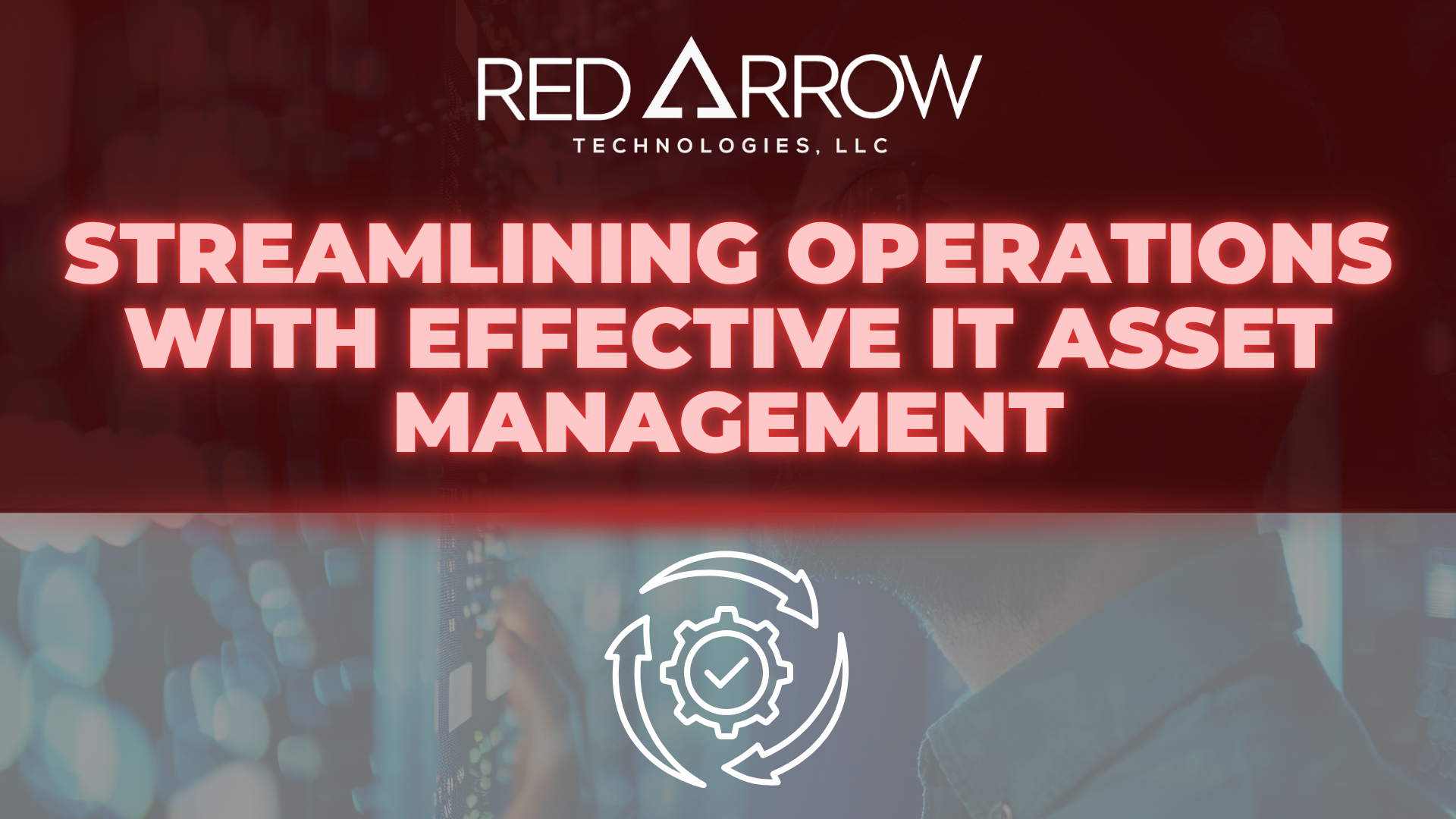For businesses trying to scale in a high-pressure economy, it’s about working smarter. That’s where AI applications in business begin to show their value. Artificial intelligence is no longer just a trendy term; it is pervasive in everything from supply chain logistics to customer service.
But for many small and mid-sized enterprises (SMEs), the real question isn’t “What is AI?” it’s “How do we use it effectively to grow?”
The Shift from Automation to Intelligence
Automation isn’t new. Businesses have been using scripts and software for decades. But AI integration goes beyond simple automation. With AI, you’re training systems to learn, adapt, and make decisions. This approach completely transforms the game.
For example, predictive analytics tools powered by machine learning benefits can identify sales trends before they happen, helping you manage inventory and staffing with far more accuracy.
AI-powered chatbots don’t just respond; they improve over time, learning how to answer nuanced queries and reducing the load on your support team.
This difference between rule-following and adaptive intelligence makes AI a powerful growth engine.
Time Savings That Compound into Value
Let’s talk about time. A Harvard Business Review study found that AI saves employees an average of 2.5 hours daily. Multiply across a 20-person operations team; you’re reclaiming 50 hours daily, more than a full workweek. That’s not just productivity; that’s bandwidth for strategic work.
This ties directly into profitability. According to McKinsey, 28% of business leaders already use AI to reduce costs. This cost reduction is either through intelligent automation, faster data processing, or predictive maintenance. These aren’t abstract gains but reduced overhead, improved margins, and leaner operations.
Scaling with Smarter Systems, Not Bigger Teams
For SMEs, scaling can be risky. Hiring too quickly eats into cash flow. Hiring too slowly limits output. What is the optimal balance between the two? Systems that grow with you. That’s where practical machine learning applications for SMEs can bridge the gap.
Take customer support. Instead of doubling your help desk staff as volume increases, AI can triage tickets based on priority, sentiment, or urgency. For marketing, AI tools can A/B test ad copy across hundreds of variations, optimize targeting in real-time, and provide insights human analysts might miss.
The result? You expand capacity without expanding overhead, and that’s a competitive advantage few SMEs can afford to ignore.
How AI can Enhance Business Operations
Growth doesn’t solely stem from enhancing internal operations. It also comes from delivering better, faster, and more personalized customer experiences.
This is where AI’s ability to enhance business operations connects directly to the front line. Imagine a retail business using AI to predict what customers want before they search. Consider a scenario where a B2B service provider employs natural language processing to generate proposals from client emails and past interactions.
These aren’t hypothetical. Tools like Salesforce Einstein, Microsoft Copilot, and HubSpot’s AI integrations are already used to personalize interactions, respond faster, and make every touchpoint more intelligent.
The payoff? Higher customer satisfaction, lower churn, and increased conversion rates, all of which fuel growth.
The Strategic Gap: Big Companies Are Leading, But SMEs Can Catch Up
There’s a clear divide. Over 50% of US companies with more than 5,000 employees are already using AI. Larger companies are twice as likely to implement AI compared to smaller firms.
Why? Bigger organizations can afford in-house data scientists and custom AI models.
However, SMEs don’t have to catch up by replicating the strategies of larger organizations. Instead, they can strategically compete by utilizing off-the-shelf AI tools, cloud-based platforms, and AI-as-a-service solutions.
They should do so because AI is a top priority for 83% of companies globally, and with 97 million people working in the AI space, the tools, support, and expertise are more accessible than ever.
Where to Start: Use Cases with Real Impact
If you’re wondering how to get moving, it starts with identifying business areas where AI could drive measurable improvement. That might include:
- Customer support automation
- Forecasting and inventory optimization
- Intelligent document processing
- AI-driven marketing optimization
The goal is not to overhaul your entire operation overnight. It’s to embed AI applications in a business where they make the most significant difference and then scale from there.
Navigating the Challenges with the Right Strategy
Of course, implementing AI integration isn’t without its challenges. Data quality, security, employee buy-in, and change management play a role. It’s not just about installing new tools; it’s about building an AI-ready culture.
That’s why businesses benefit from working with a partner who understands the strategy behind the tech. A partner capable of harmonizing AI prospects with your objectives, rather than merely automating for the sake of automation, is essential.
Red Arrow Technologies can help you develop and implement the best AI plan if you want to see how it can improve your business and not just automate tasks, and lead to real growth.
Contact Red Arrow Technologies to discuss how to make it work for your business.


